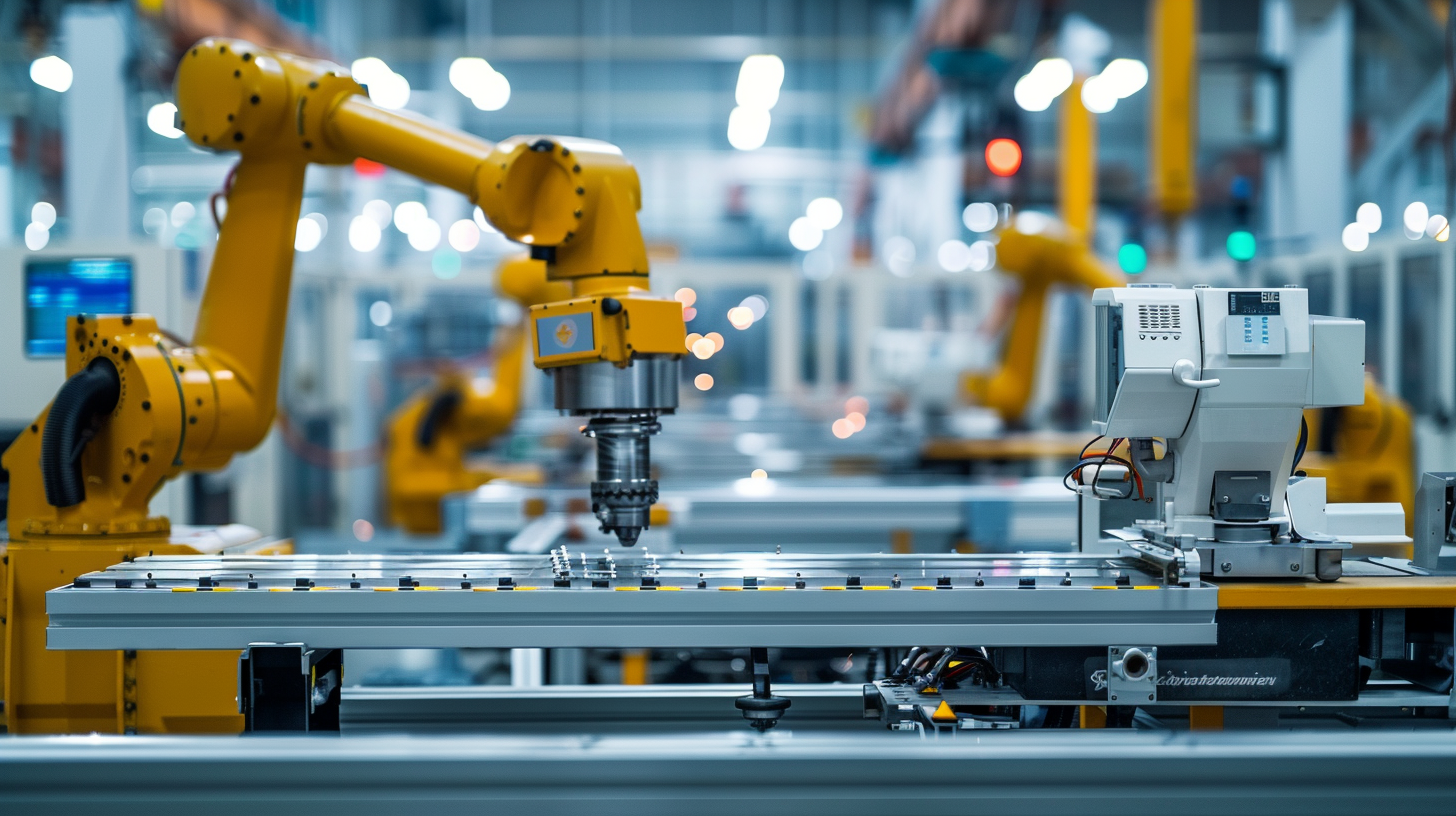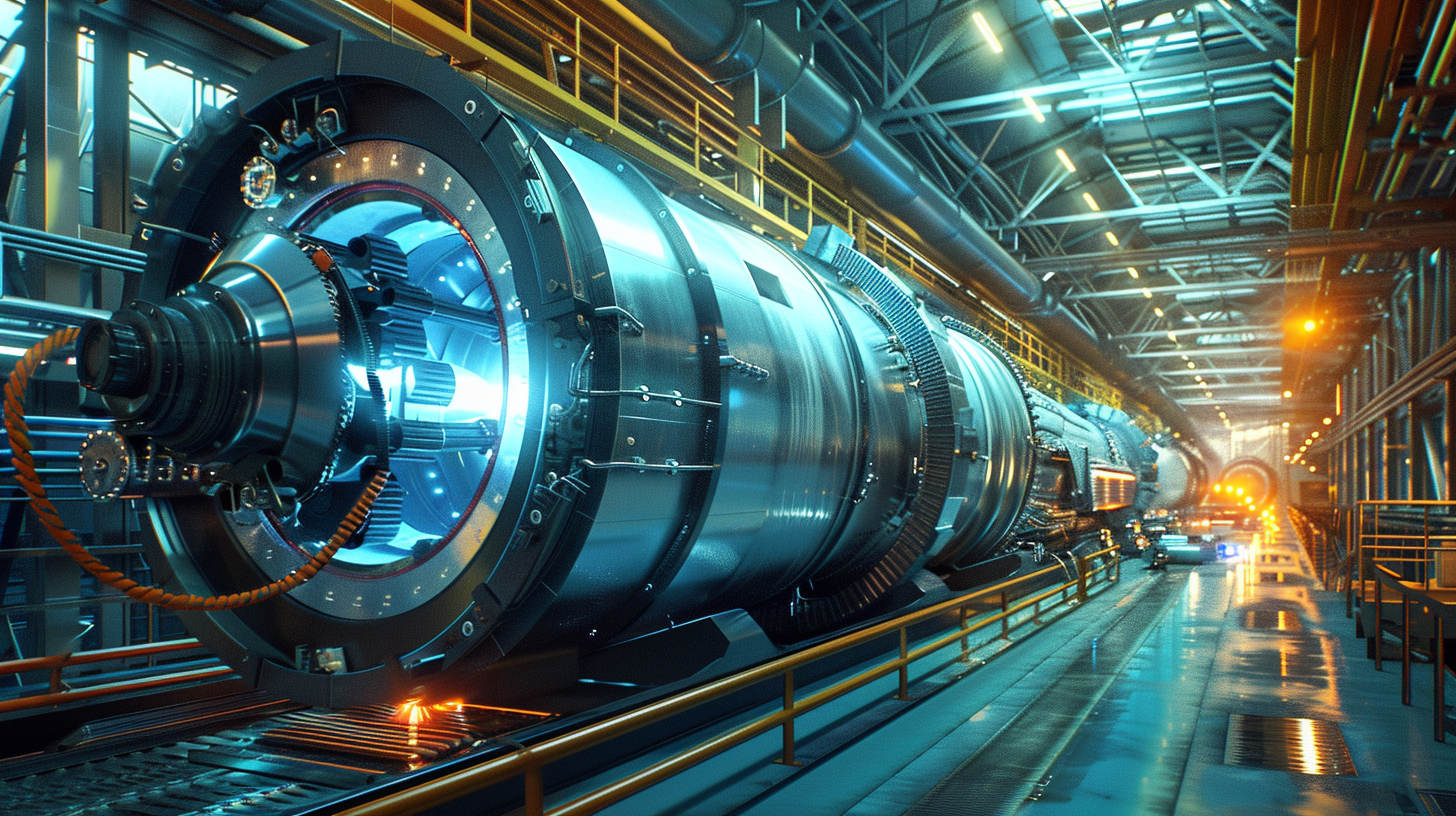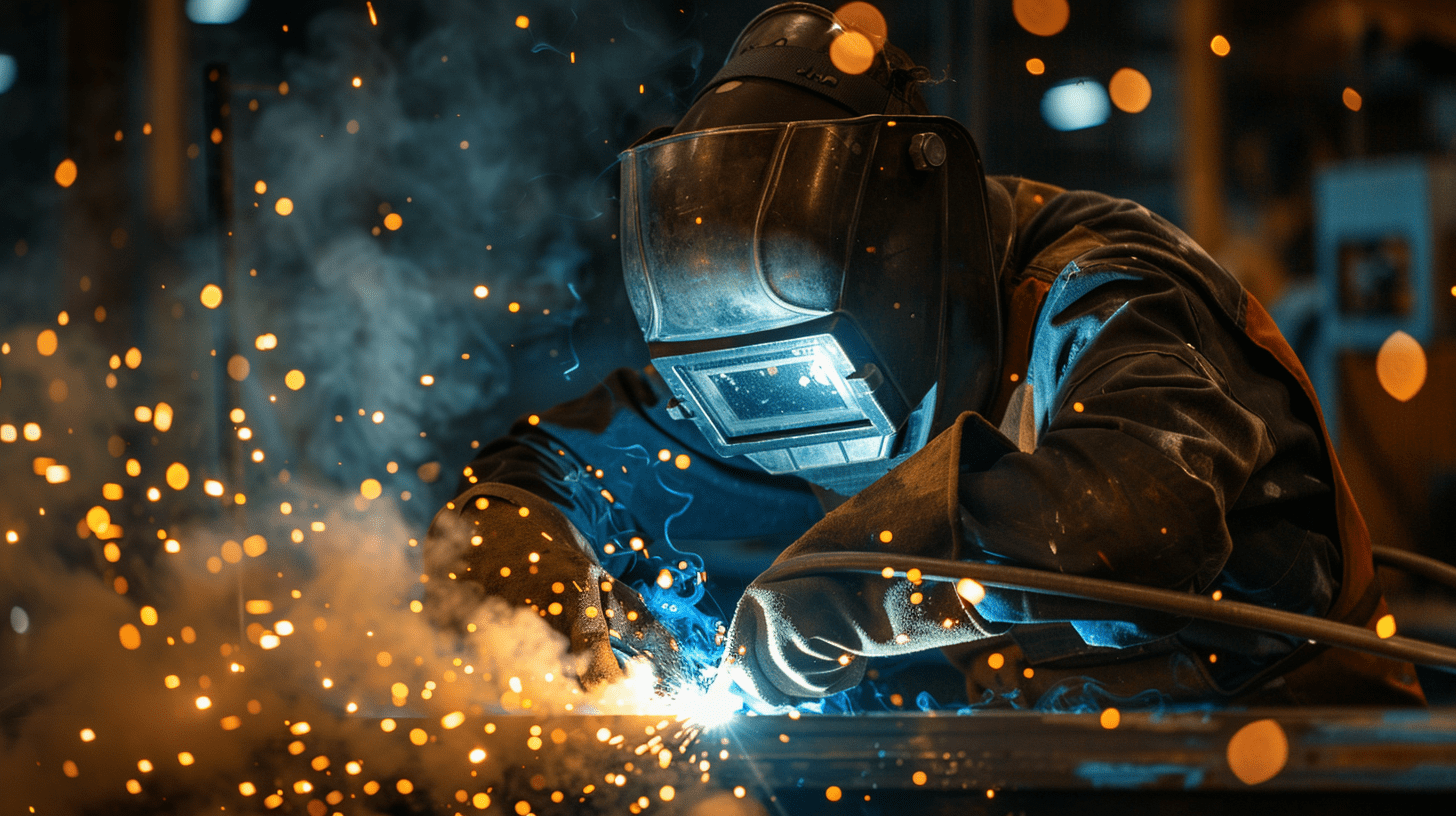Introduction
CNC stands for Computer Numerical Control. Automation of CNC machining means integration of advanced technologies that tend to reduce human intervention in the operations of those machines. This is a technology-driven approach that improves efficiency, productivity and precision of the machines and manufactured products. Automation of CNC can help in running fully automated systems unattended for processes such as loading and unloading of the parts. This automation of CNC machines can transform the industry in a positive way.
Categories Using Automation in CNC Machining
Automation in CNC machining is classified into different categories of systems and technologies that work for streamline production and improvement in efficiency. Below stated are some of the systems that contribute to modern manufacturing using automation in CNC machining:
- Flexible Manufacturing Systems with Multiple Pallets: Flexible manufacturing systems also known as FMS are automated manufacturing systems consisting of multiple CNC machines and other automated material handling systems. These systems are used to handle various products without much intervention by humans. These systems are considered ideal for high-mix and low-volume productions.
- Utilization of Automation by FMS: FMS utilizes automation in 3 following ways:
- Through Multiple Pallets: FMS often consists of multiple pallets. These pallets allow the workpieces to be loaded and processed simultaneously. This set up benefits in reducing downtime between the operations as the machines are able to switch between the pallets easily without waiting for human intervention for loading and unloading purposes.
- Through Automated Tool Changers: FMS are equipped with automated tool changers that helps in selecting the correct tool for each operation and benefitting by reducing downtime and increasing efficiency.
- Integrated Software: FMS are also controlled by integrated advanced software that can be used to schedule and monitor the production. This assures the optimal use of resources and minimizes the chances of errors.
- Advantages of FMS: Below stated are some of the key advantages of FMS:
- Flexibility: FMS tend to handle different products and materials without needing extensive retooling or major set up changes. It offers increased flexibility in terms of products and materials.
- Reduction in Lead Times: Automation in FMS tends to permit the production cycles to operate faster which reduces lead times and improve schedules of the delivery.
- Scalability: FMS is known for its easy scalable production based on the specific demands. It is considered suitable for a variety of manufacturing environments.
- Robots and Cobots for Loading and Unloading Purposes: Cobots is an acronym for collaborative robots. Cobots along with robots are the automated systems that are specifically designed to assist various tasks of the manufacturing process. Robots are trained to operate in isolated environments whereas cobots are trained to work with humans in harmony. This team work between cobots and humans leads to enhancement in safety and efficiency.
- Utilization of Automation by Robots and Cobots: Robots and Cobots utilize automation in the following 3 ways:
- For Loading and Unloading Parts: The main function of robots and cobots is to load raw materials into CNC machines and unload the finished parts. This minimizes the need of human labor and improves the efficiency of the production.
- Precision Handling: These machines are designed to handle the parts while offering extreme precision and ensuring that the delicate components are not damaged during the manufacturing process.
- Integration with CNC Machines: Robots and cobots are easy to integrate with CNC machines and allows the operations to synchronize efficiently. This improves the flow of the production process.
- Advantages of Robots and Cobots: Below stated are some of the key advantages of Robots and Cobots:
- Productivity: Robots and Cobots perform repetitive tasks automatically and free the human operators. This way, humans can focus on more complex and value-added activities.
- Enhanced Safety: Cobots are specifically designed to work with humans in harmony safely which reduces the chances of workplace accidents and injuries.
- Consistency in Quality: Automated handling of those parts offer consistency in quality by minimizing the chances of defects and reworks.
- CNC Lathes with Bar Feed Systems and Part Catchers: Bar feed systems and part catchers are two types of automated tools that are specially designed for CNC lathes. These systems are used to feed raw materials into the lathe and catch the finished part after the completion of the machine process.
- Utilization of Automation by Bar Feed Systems and Part Catchers: Bar feed systems and part catchers use automation in the following 3 ways:
- Continuous Operation: Bar feed systems are designed to allow CNC machines to operate uninterruptedly and feed the raw materials into the machine automatically. Thus, these systems are considered ideal for high-volume production runs.
- Part Catchers: After the completion of the machining process, part catchers are used to catch the finished parts automatically. This reduces the need for manual handling and the downtime between the operations.
- Lights-Out Manufacturing: CNC lathes tend to run unattended for a longer period of time including overnight with the help of bar feed systems and part catchers. This is called light-out manufacturing which increases the utilization and productivity of the machines.
- Advantages of Bar Feed Systems and Part Catchers: Below stated are some of the key advantages of bar feed systems and part catchers:
- Increased Throughput: Automation with these systems allows continuity of the production which significantly increases the throughput and efficiency.
- Reduction of Labor Cost: As the feeding and collecting process is automated, it can help the manufacturers to reduce the labor cost and allocate human resources to more strategic tasks.
- Precision: Automated systems offer precision by reducing the chances of human errors and consistency in material handling.
Take Away
This is the brief explanation about automation in CNC machining and its 3 main categories with their benefits and utilizations. We hope this information will be effective for you. Please let us know through your valuable feedback and the suggestion in the drop box.




